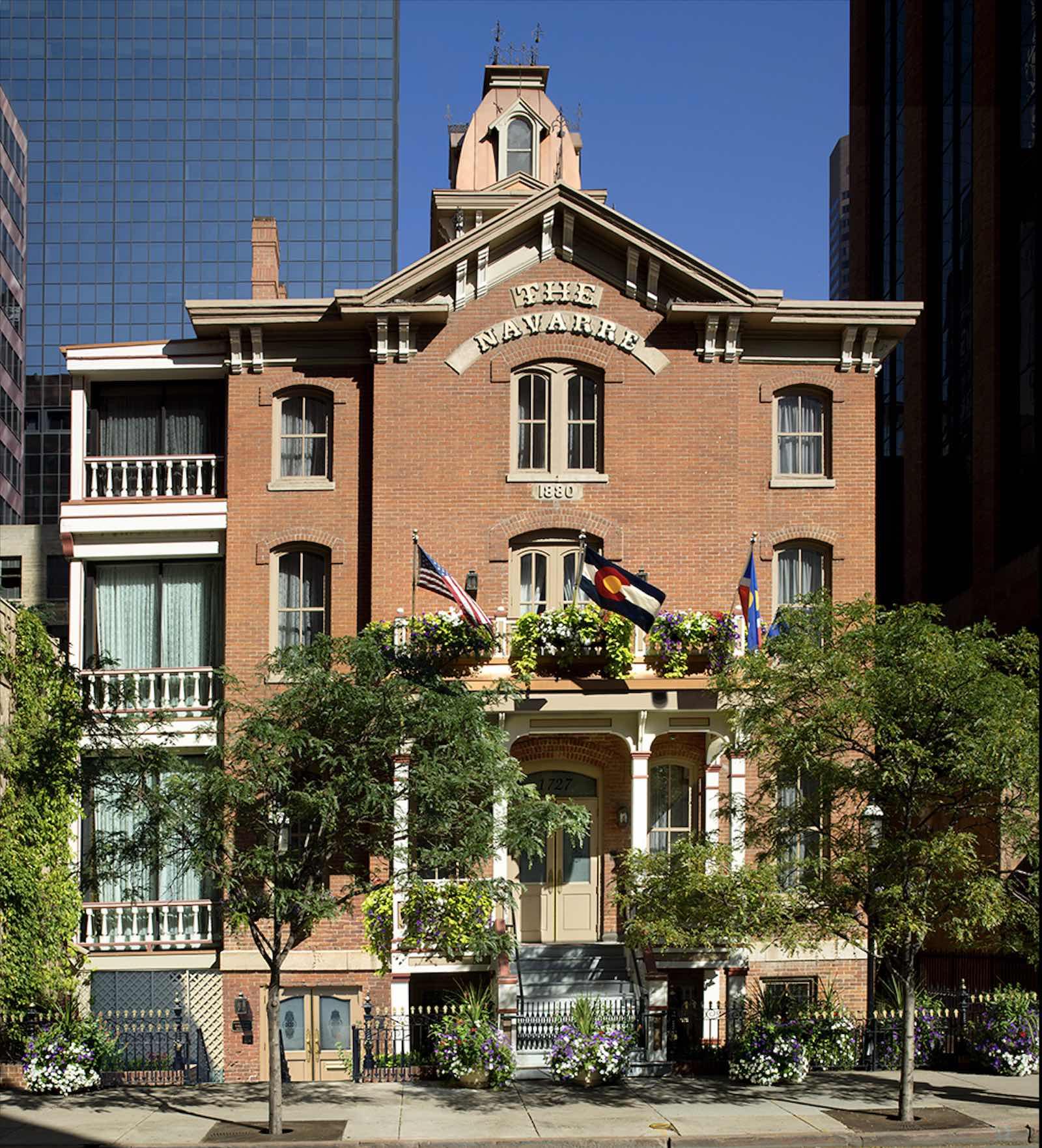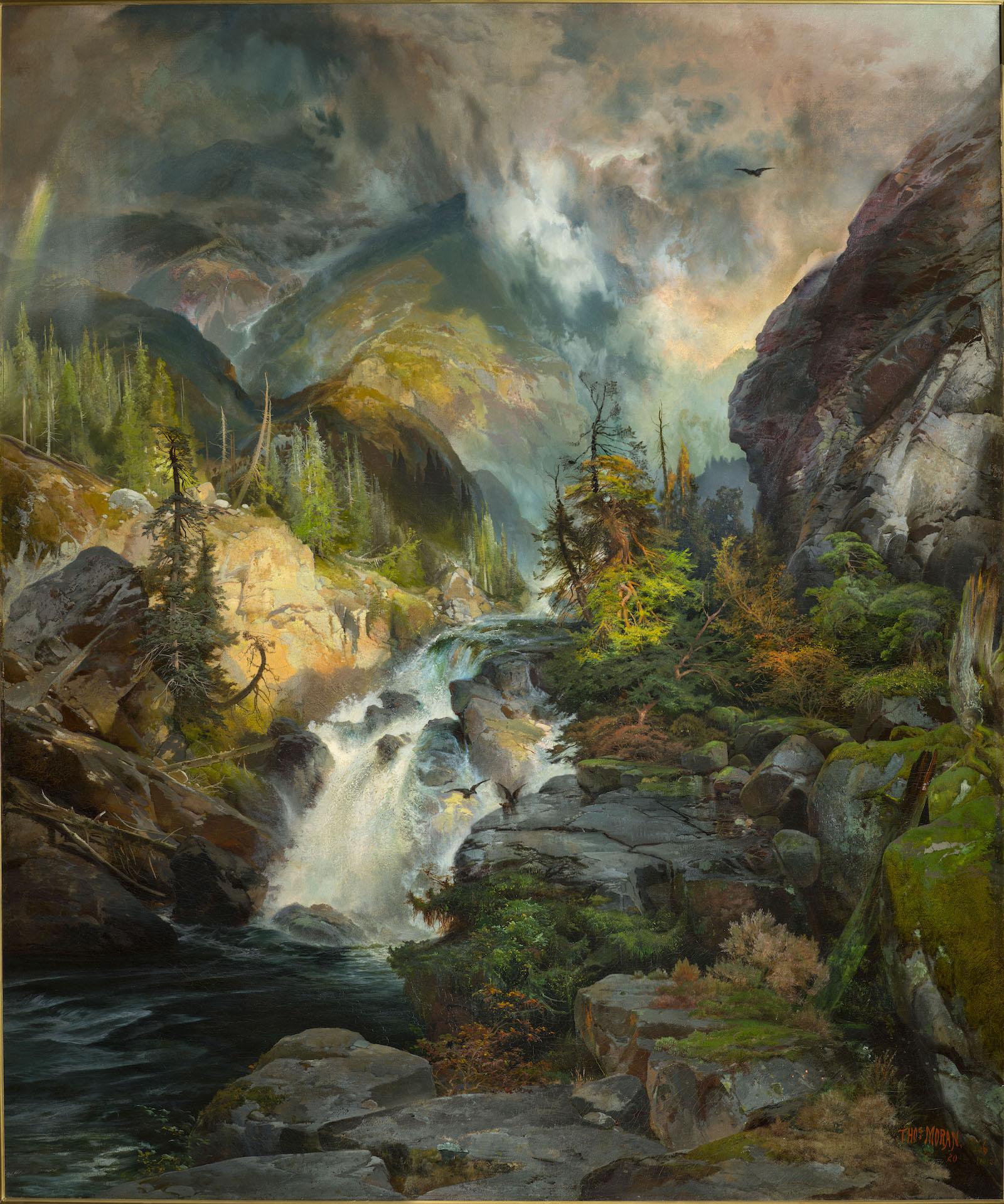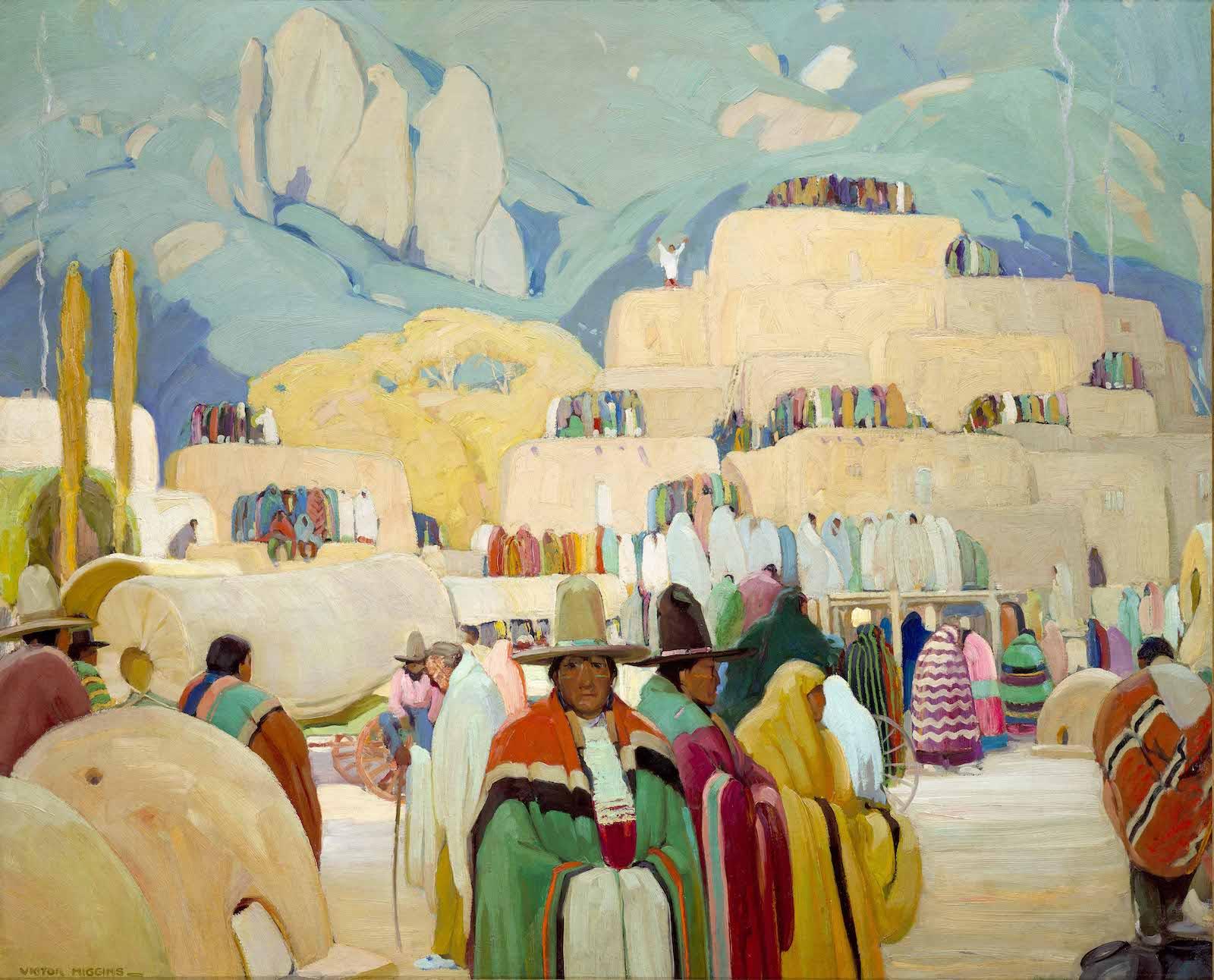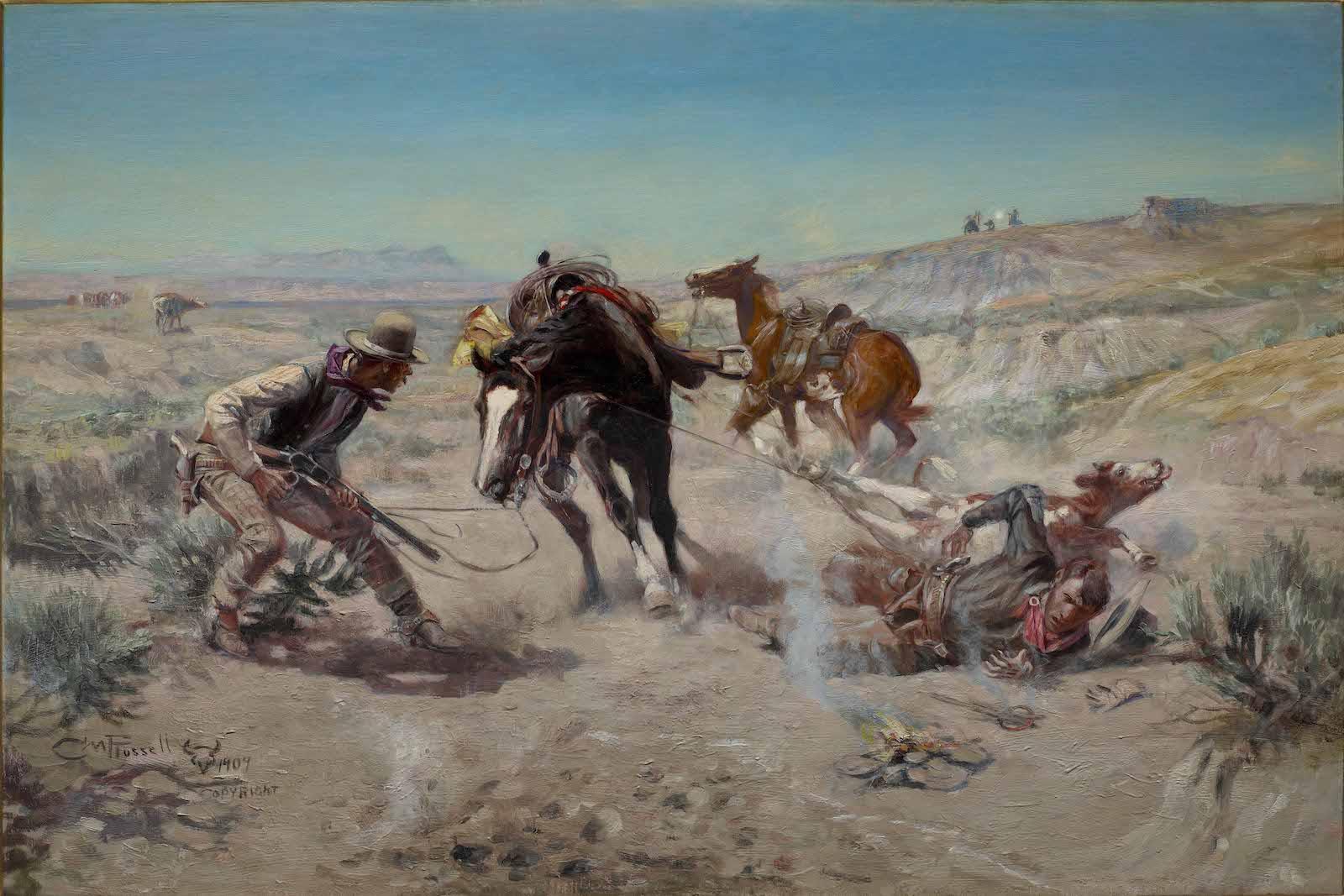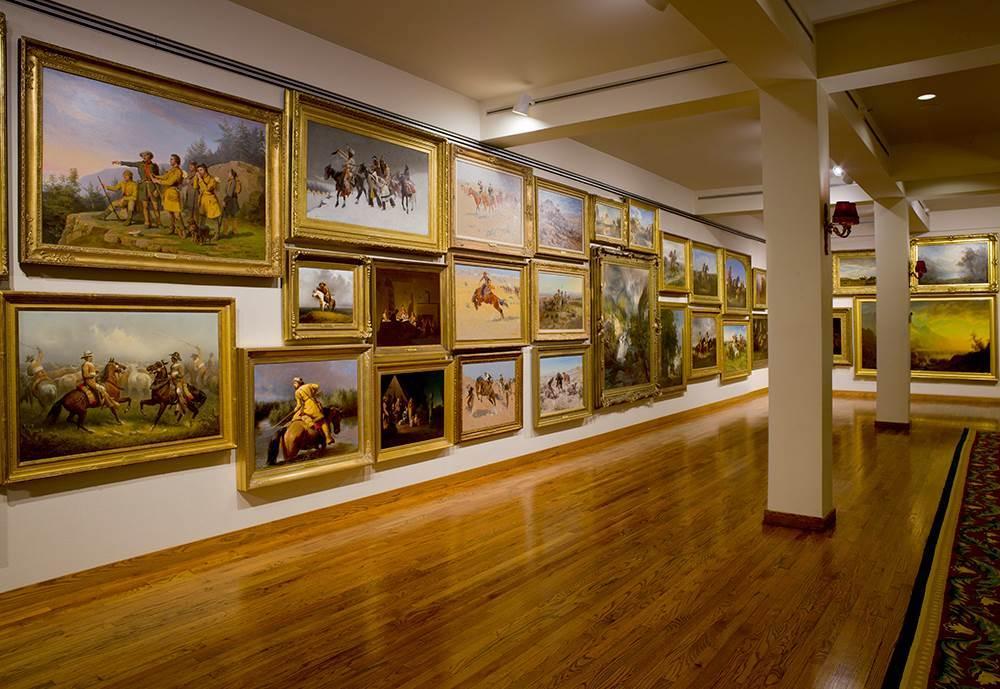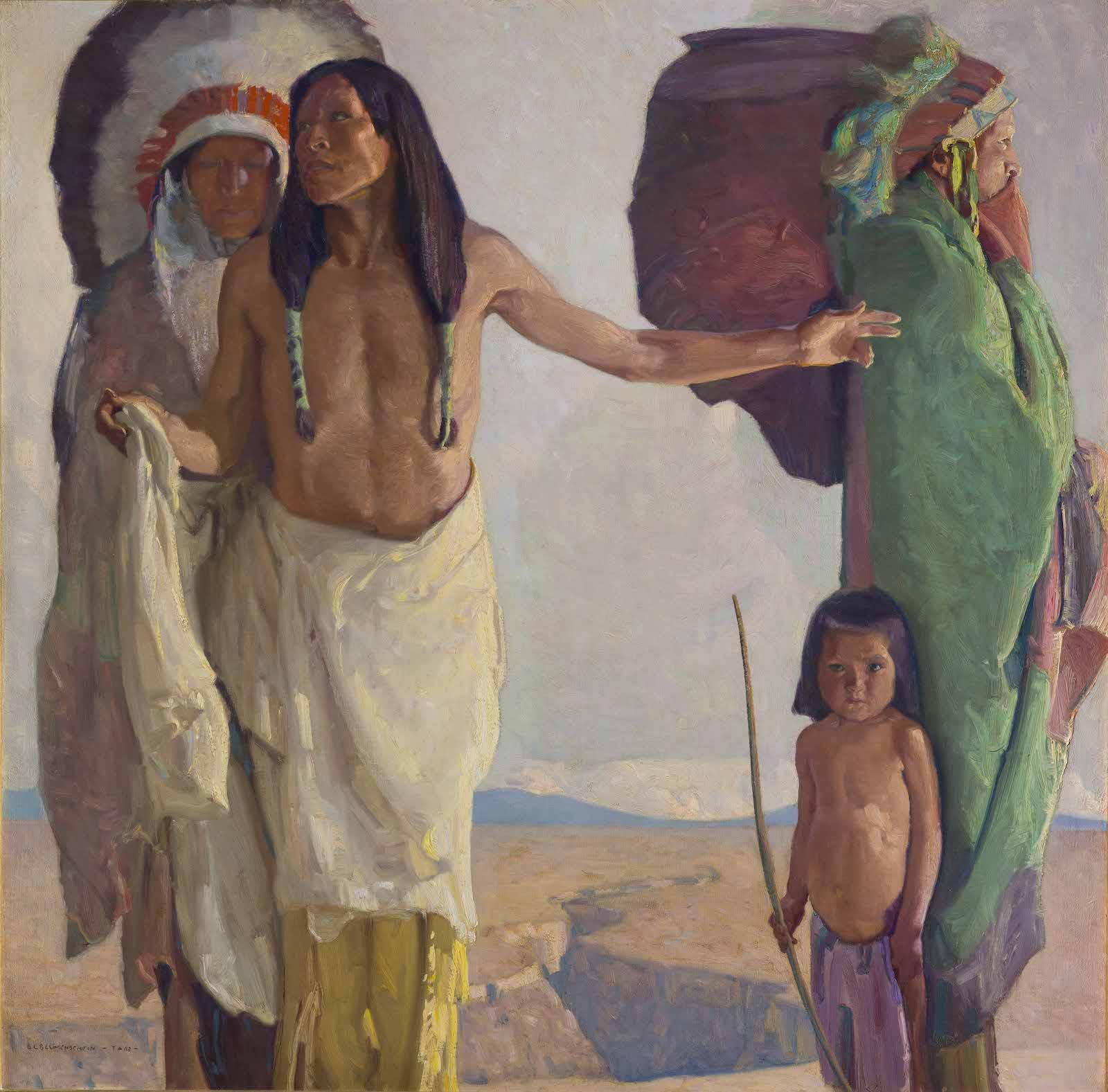Though oil originally fueled the Anschutz family fortune, followed by real estate and ranching, Philip has branched out into a stunning array of ventures.
These include railroads, telecommunications, professional sports teams and arenas, entertainment districts, concerts, music festivals and ticketing, newspapers, historic resort hotels, movie theaters and film production, The Grammy Museum, and the collection of fine art. He is also the author of two books about business history in the American West.
Listed as number sixty-six on the 2021 Forbes 400 list of wealthiest Americans, Anschutz is also a philanthropist of the highest order. The Anschutz Family Foundation, established by Philip’s parents in 1982, reports $55.5 million dollars in assets and 10,392 grants totaling more than $58.4 million to nonprofit organizations since its inception. One headline dubbed Phil Anschutz “the mystery billionaire.” His namesake museum keeps an equally low profile.
“We were a private collection prior to the museum establishing and opening to the public. We’re a small, local museum in Denver,” says Colleen Sullivan, the museum’s interpretive and communications specialist since 2016. “AMWA is a hidden gem, the hidden art museum.”
One of Anschutz’s daughters, Sarah Anschutz, serves as museum director, assisted by Darlene Dueck, AMWA’s curator.
The small staff in the small museum make a large impact in the community. More than an opulent display of wealth and patrician artistic taste, and more than a lesson on the history of the American West, the museum’s high-minded mission is at least as beautiful and admirable as its stately building and sumptuous paintings.





